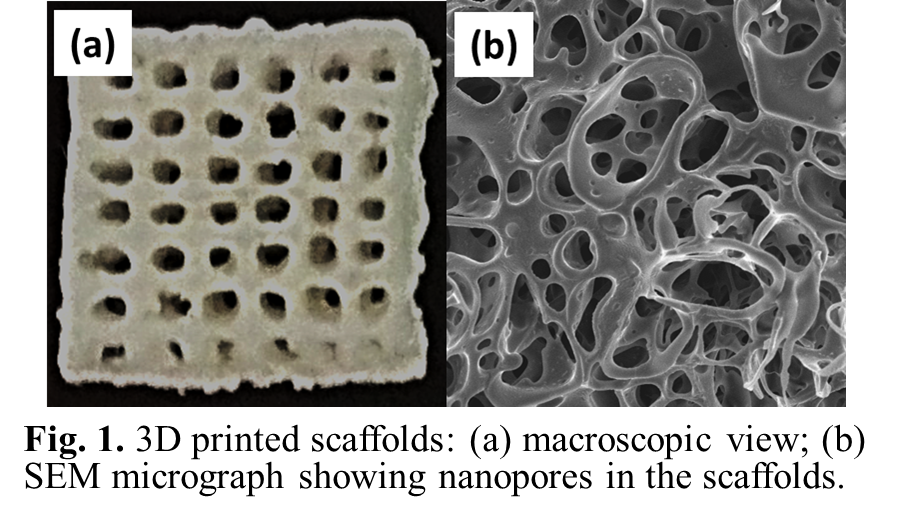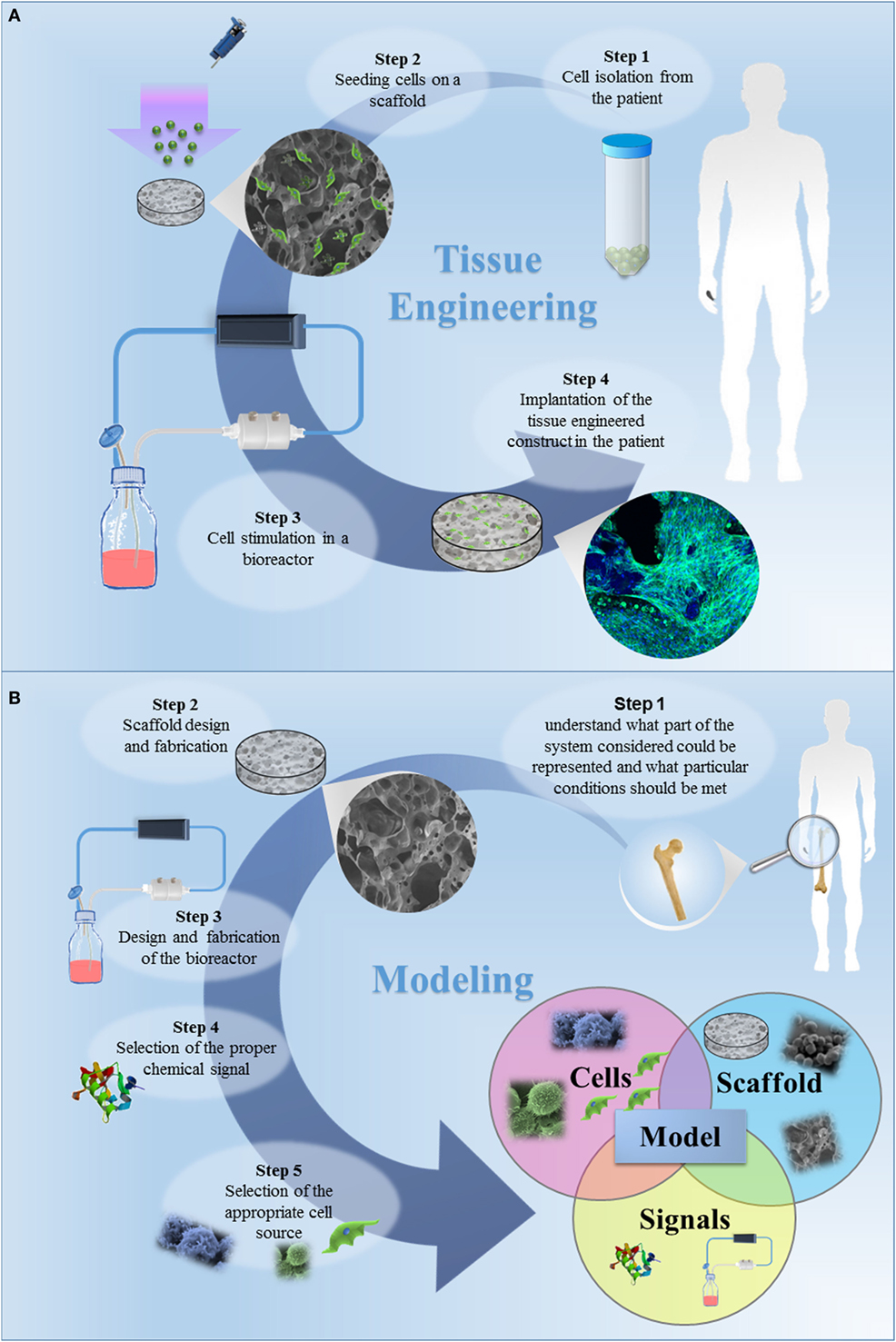

Currently, available scaffolds are commonly made of natural or synthetic biocompatible materials that lack the load-bearing capacity and are mainly osteoconductive but poorly osteoinductive. Bihani Published 2012 Biology, Medicine, Materials. For reconstruction of complex maxillofacial defects, it is necessary not only to maintain anatomic uniformity and appearance but also to restore tissue functions. SCAFFOLD : TISSUE ENGINEERING AND REGENERATIVE MEDICINE Garg Tarun, Bilandi Ajay, +3 authors. Polymers, nanocomponsites,and hydrogels for tissue engineering. It is a novel technique which applies stem cells and/or differentiated cells, scaffolds, and signaling molecules to achieve clinical therapeutic goals. 1 mm-thick polymer scaffold sheet developed by the scientists from MIT would.


A promising alternative to autogenous bone grafts is the emerging trend of tissue engineering. Scaffolds for tissue engineering are devices that exploit specific and complex physical and biological functions, in vitro or in vivo, and communicate through biochemical and physical signals with cells and, when implanted, with the body environment. Another disadvantage is the need to manually sculpt the autologous graft into the shape of the defect. To date, the gold standard of treatment for such defects is the harvesting of autologous bone graft, which often results in donor site morbidity. The management of maxillofacial defects secondary to congenital abnormalities, trauma, or cancer treatment poses a challenge to reconstructive surgeons.


 0 kommentar(er)
0 kommentar(er)
